Pest Library
Bed Bug Facts & Information
Bed bugs are small, reddish-brown, flat insects that feed on human blood, usually at night while you sleep. Measuring around 4–5 mm in size, they hide in mattress seams, bed frames, furniture cracks, electrical outlets, and even behind wallpaper. Though they don’t spread disease, their bites cause itching, redness, skin irritation, and can lead to allergic reactions or sleep disturbances. Bed bugs multiply quickly and are difficult to eliminate with home remedies. At AIPM Pest Management, we specialize in identifying and treating bed bug infestations using advanced, odorless, and safe solutions designed for lasting protection and peace of mind.Protect your home or business from bed bugs by learning techniques for identification and control.

Cimex lectularius
IDENTIFY
What do bed bugs look like?
Bed bugs have small, flat, oval-shaped bodies. They are wingless. Adults do have the vestiges of wings called wing pads, but they do not fully develop into functional wings. Adults are brown in color, although their bodies redden after feeding. Full-grown bed bugs move relatively slowly and measure between 4 to 5 mm. Homeowners sometimes have the misconception that bed bugs are too small to see with the naked eye.
Locate them
Where Are Bed Bugs Found?
Bed bugs are commonly found in places where people sleep or rest for long periods. They hide in mattress seams, bed frames, headboards, and behind baseboards, wallpaper, and electrical switchboards. These pests can also be found in sofas, carpets, luggage, clothing, and curtains. Hotels, hostels, public transport, and guest houses are common sources of infestation, as bed bugs easily travel by clinging to fabric and personal belongings. At AIPM Pest Management, we conduct detailed inspections to locate all hiding spots and provide targeted treatment to eliminate bed bugs completely from your home or business.
Bed bugs are highly adaptable pests that thrive in various environments, particularly those close to human activity. Below are the key areas where bed bugs are commonly found:

Bedrooms and Sleeping Areas
Bed Frames and Headboards
Pillows and Bedding

Cracks and Cluttered Areas
Storage Boxes and Closets
Books and Electronics

Furniture and Upholstery
Wooden Furniture
Office Chairs and Recliners

Travel and Public Spaces
Hotels and Motels
Public Transport and Theaters
Pest Treatment
Understanding Bed
Bugs & Prevention
Bed bugs are tiny, blood-feeding insects that hide in cracks, crevices, and fabric surfaces, especially in and around sleeping areas. They are nocturnal, making them hard to detect, and their bites can cause itching, rashes, and allergic reactions. Bed bugs spread easily through luggage, clothing, second-hand furniture, and public spaces like hotels or transportation. Understanding their behavior is key to prevention. To reduce the risk of infestation, regularly inspect bedding and furniture, avoid bringing in used items without checking, wash linens in hot water, and vacuum frequently. At AIPM Pest Management, we offer expert bed bug detection and safe, effective treatments to eliminate infestations and prevent reoccurrence.Bed bugs are attracted to warmth, carbon dioxide, and accessible human blood, which is why they often infest sleeping areas and furniture. Once present, they can cause itchy red welts, disrupt sleep, and lead to allergic reactions or secondary infections from scratching. Their rapid multiplication makes infestations difficult to control, highlighting the importance of prevention to maintain a healthy and stress-free environment.
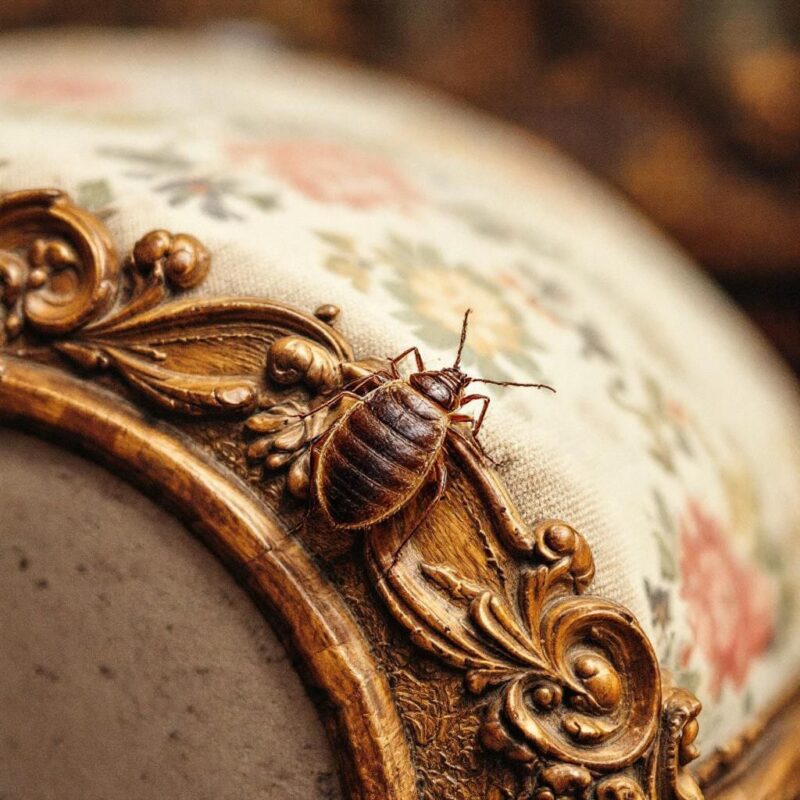
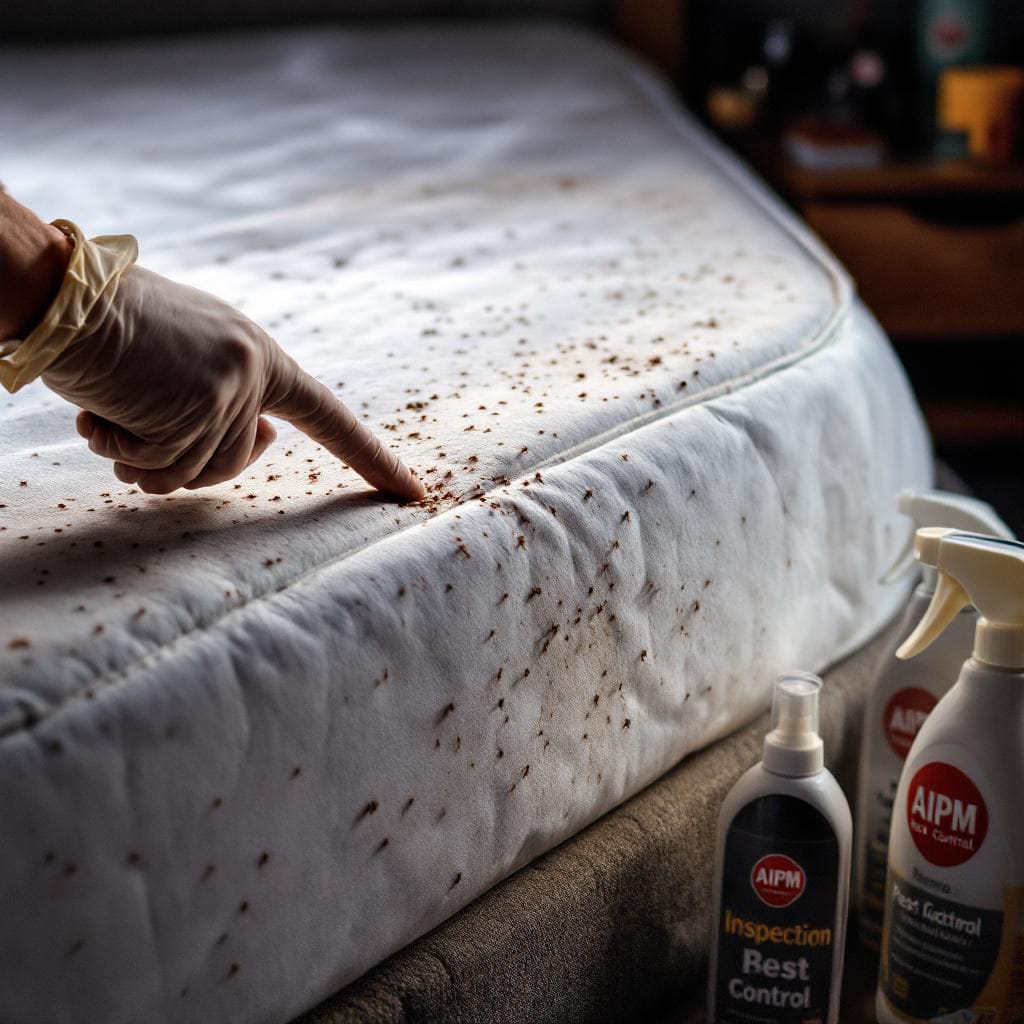
How to
Identify Bed Bug Bites
Bed bug bites are small, red, itchy welts that often appear in clusters or lines. They can cause discomfort and anxiety, with symptoms sometimes delayed, highlighting the need for early detection and treatment. infestations difficult to control, highlighting the importance of prevention to maintain a healthy and stress-free environment.
Signs of a bed bug infestation include rusty or dark spots on bed sheets (from crushed bugs or droppings), shed skins, small white eggs, and a musty odor. You may also notice red, itchy bite marks on exposed skin, often in a straight line or cluster. At AIPM Pest Management, our trained professionals can accurately identify all stages of a bed bug infestation and offer precise, targeted treatments for complete eradication.
Problems Caused by
Bed Bugs
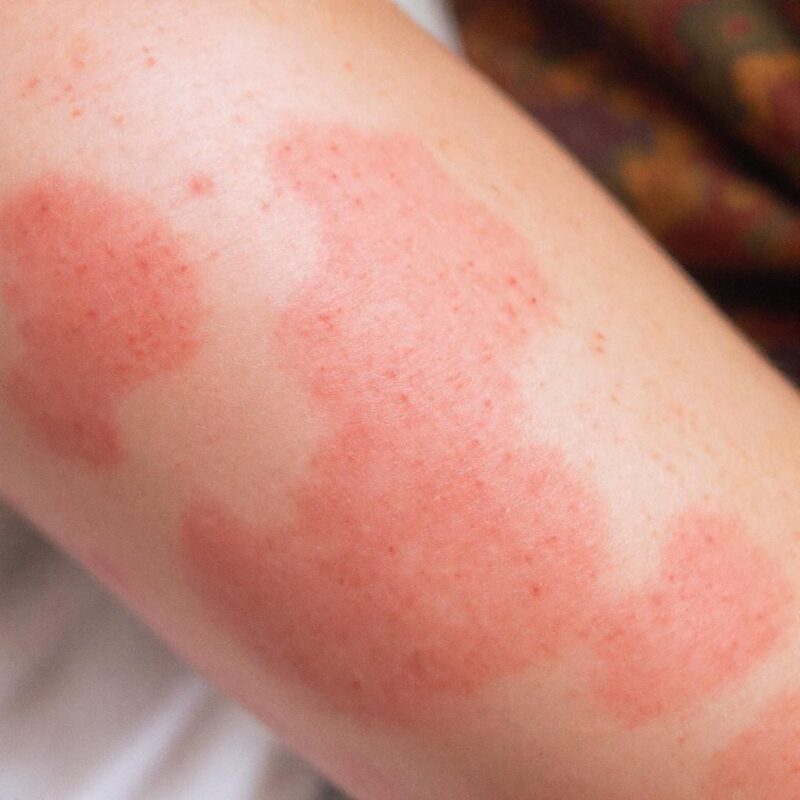
Skin Irritation
Bites cause red, itchy welts that can lead to secondary infections

Sleep Disruption
Anxiety and discomfort from bites can disturb rest.
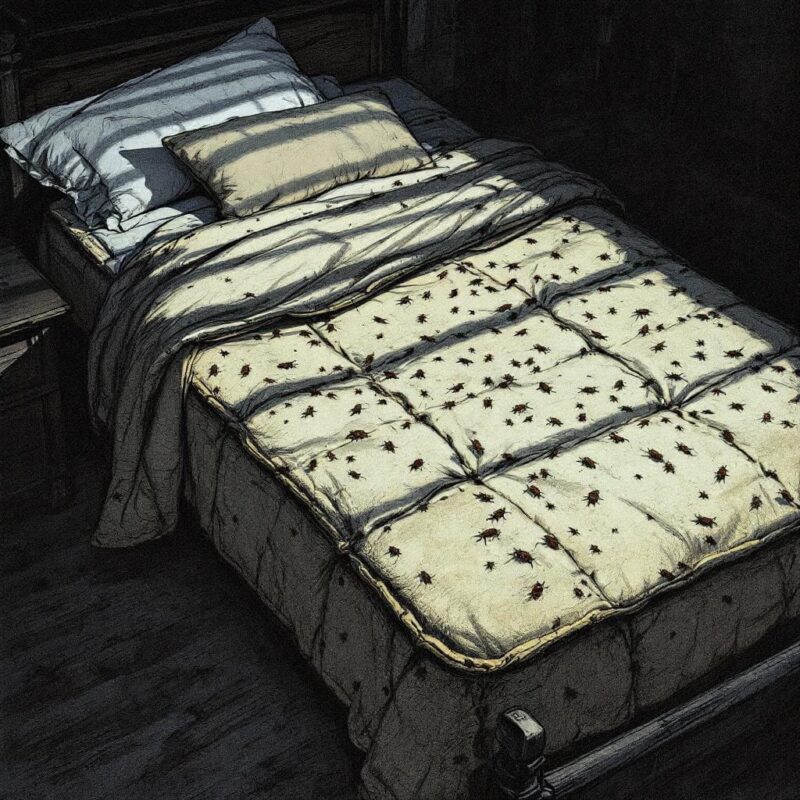
Infestations Spread
Bed bugs multiply rapidly, making control challenging.
Pest Treatment
How do I get rid of bed
bugs?
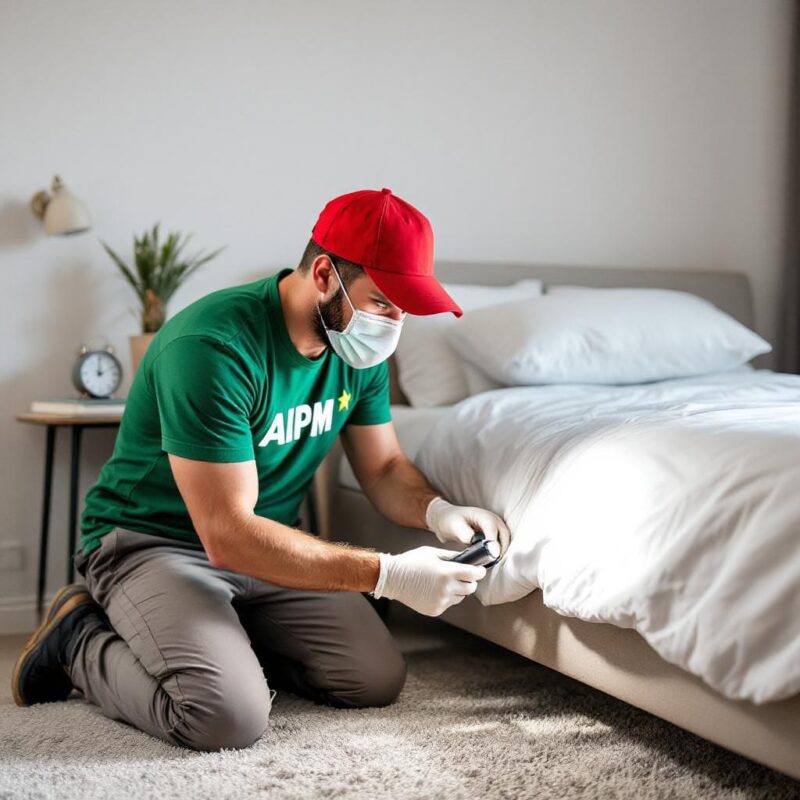
How AIPM helps to get rid of ants
Bed bugs can multiply rapidly, making early detection essential to prevent larger infestations.
Your AIPM Expert will design a tailored bed bug management plan based on the extent of the infestation and the affected area. Using advanced techniques, AIPM will:
- Inspect thoroughly to identify signs of bed bugs at all life stages.
- Treat effectively using targeted solutions to disrupt the bed bug lifecycle and eliminate infestations.
- Monitor and prevent by providing follow-up services to ensure future infestations are avoided.
With expertise in identifying bed bug activity, AIPM knows exactly what is needed to eliminate bed bugs and keep your space pest-free. Trust AIPM for reliable, professional service to protect your home.
Contact AIPM today to get started on eliminating bed bugs!
- Call us +91 9607171409
FAQ
Frequently asked questions.
Yes, AIPM pest control services prioritize safety by using methods and products that minimize risks to humans and pets. Pest control professionals are trained to apply treatments in a way that effectively targets bed bugs while ensuring the safety of your living environment.
Before treatment, it is essential to prepare your home by washing bedding and clothing in hot water, vacuuming thoroughly, and decluttering areas where bed bugs may hide. Follow any specific instructions provided by your pest control professional to enhance the effectiveness of the treatment.
After treatment, monitoring is crucial. You can use bed bug interceptors or traps placed under furniture legs to detect any remaining bugs. Additionally, follow-up inspections by pest control professionals can confirm whether the infestation has been successfully eliminated.
Eliminate pests and prevent future problems.
- +91 9607171409
